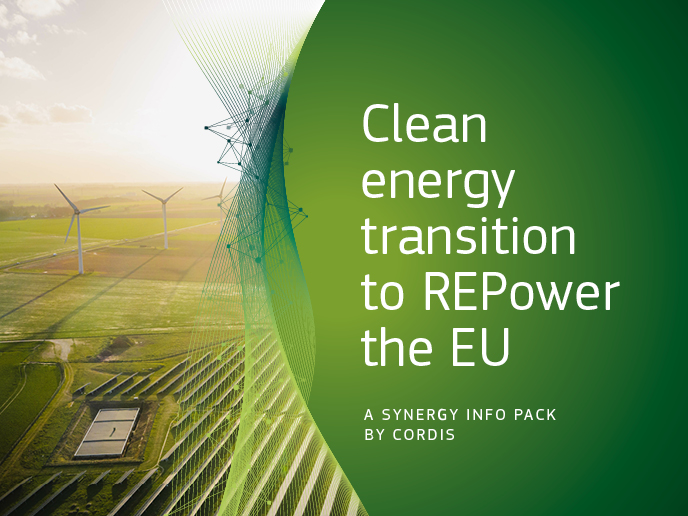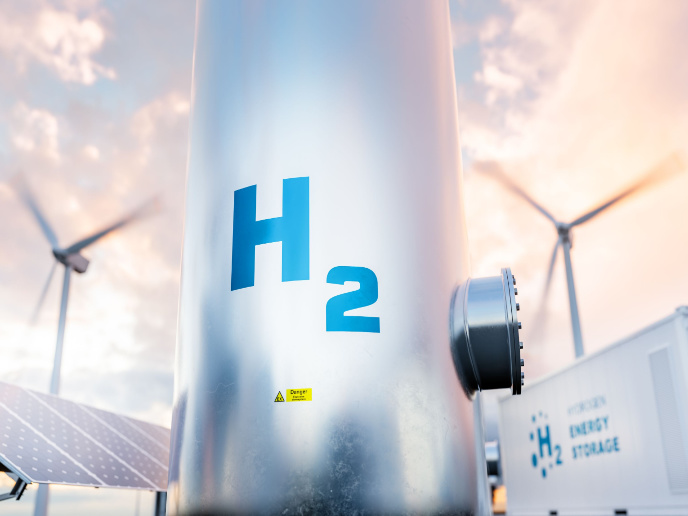Hydrogen helps cut emissions from buildings
The European Commission aims to cut greenhouse gas (GHG) emissions by 20 % and increase the share of renewable energy sources (RES) in the Union's energy mix to 20 % by 2020. To achieve this target, the buildings sector will have to find new energy sources and become more efficient. More than 40 % of energy consumption in the EU goes towards heating, cooling and lighting buildings. Most of this energy is produced from fossil fuels, making the buildings sector a major contributor to GHG emissions. The EU-funded H2SUSBUILD project sought to address this issue by developing a self-sustaining and zero carbon dioxide (CO2) emission hybrid energy system. The system works by storing H2 as a back-up energy source in case of a shortage from renewable sources – thus compensating for their intermittent nature. Two actual building environments were chosen for installation of the hybrid system. First, a reduced scale prototype was set up to focus on satisfying the electrical energy demand of a 150 m2 office. A full-scale installation designed to satisfy both electrical and thermal energy demands of a 600 m2 office was then carried out. Safety was a core consideration throughout the project. The demonstration building's facilities were upgraded to host the full-scale installation, and a protection system integrating flame, heat, smoke and H2 gas detectors was put in place. The project successfully demonstrated the extent to which H2 gas storage could be applied to balance the intermittent nature of RES technologies, ensuring continuous operation of energy systems based on RES. It also assessed the need for safety measures to be put in place to ensure a safe environment. Economic feasibility was addressed to help gain a better understanding of the future viability of applying such a system in buildings.







